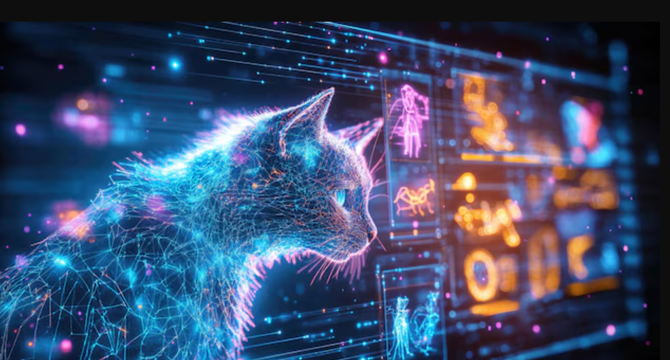Brighter Side of News
2M
335

Image Credit: Brighter Side of News
Schrödinger’s cat theory may prove that parallel universes actually exist
- The many-worlds interpretation presents a scenario where infinite realities coexist, each branching off from quantum events in the universe.
- This concept differs from other multiverse theories by suggesting that alternate realities exist in the same space and time.
- The challenge arises from understanding why we only experience one reality out of the many theoretically possible outcomes in quantum events.
- Scientists from Autonomous University of Barcelona are investigating how classical features might emerge from a purely quantum system.
- Their simulations indicate that as particles become more entangled and interact, quantum effects diminish, leading to a single dominant reality.
- Their research sheds light on the transition from quantum to classical behavior without relying on external factors.
- Decoherence, the process through which quantum superpositions lose coherence due to interactions, plays a key role in understanding this transition.
- The work emphasizes the impact of slow, coarse observables in anchoring a system to a classical trajectory.
- The researchers' findings challenge the notion that specific conditions are necessary for classicality to emerge in large quantum systems.
- While the many-worlds interpretation offers insights into the nature of reality, it also faces challenges in incorporating the complexities of general relativity and macroscopic quantum effects.
Read Full Article
20 Likes
For uninterrupted reading, download the app